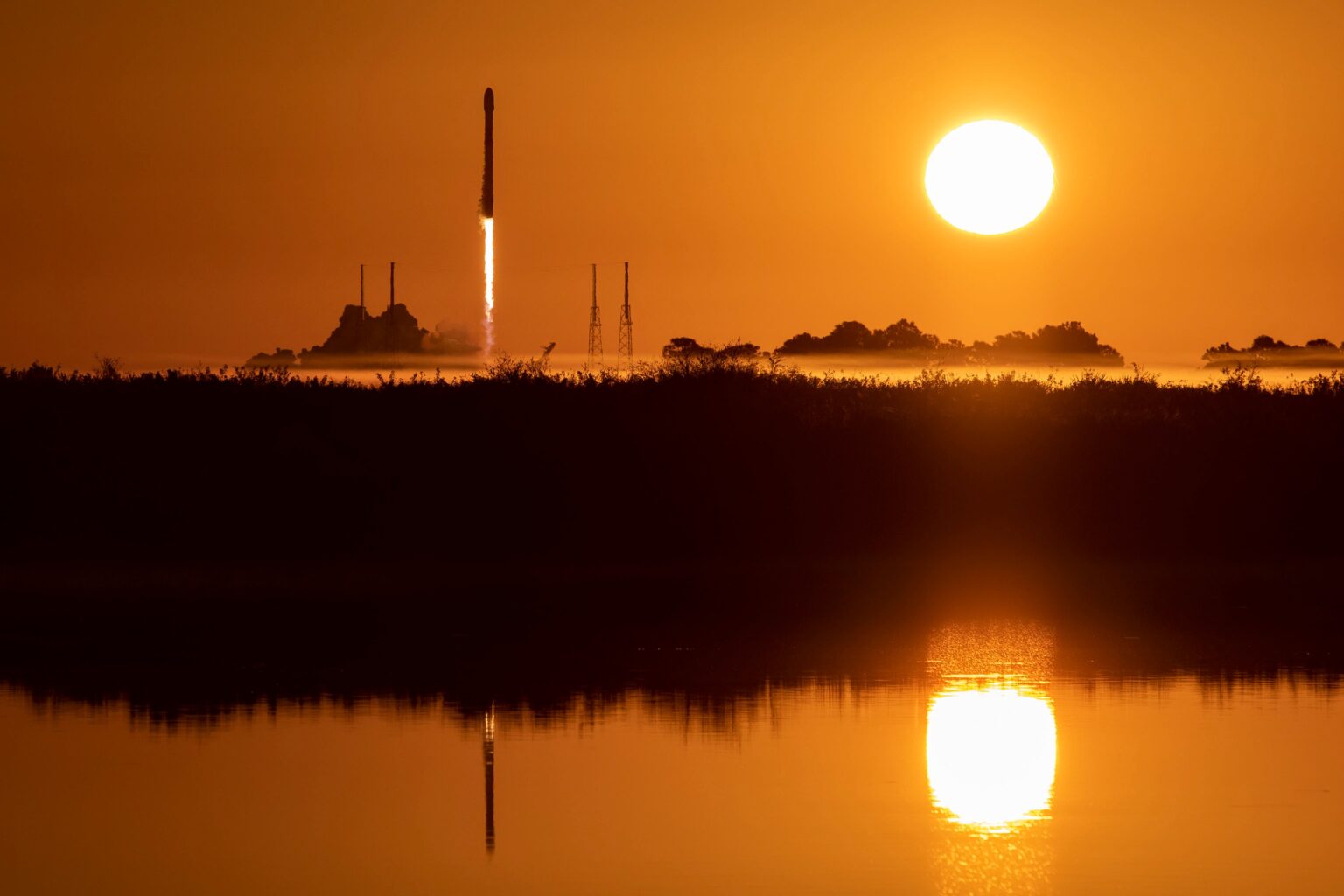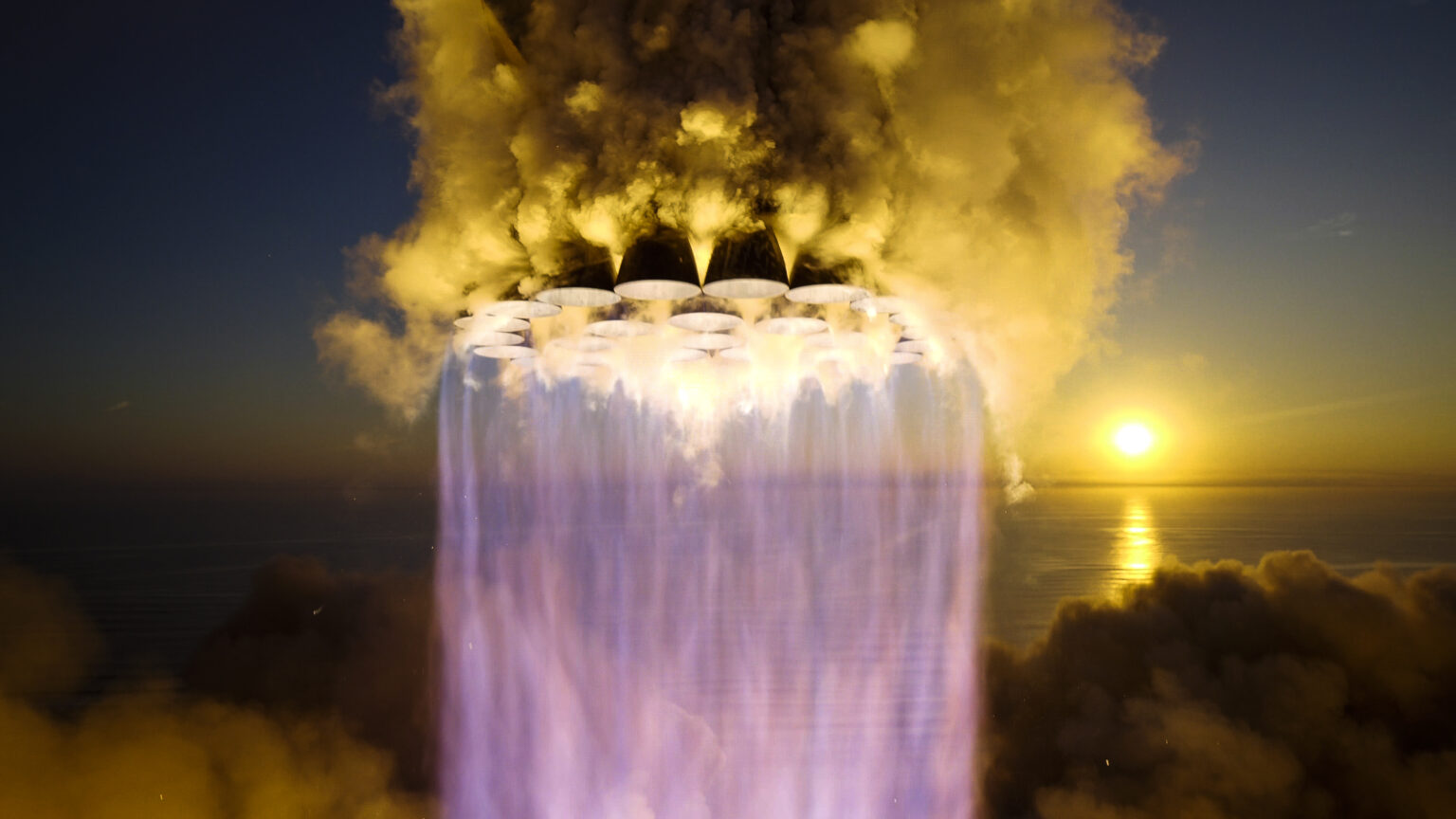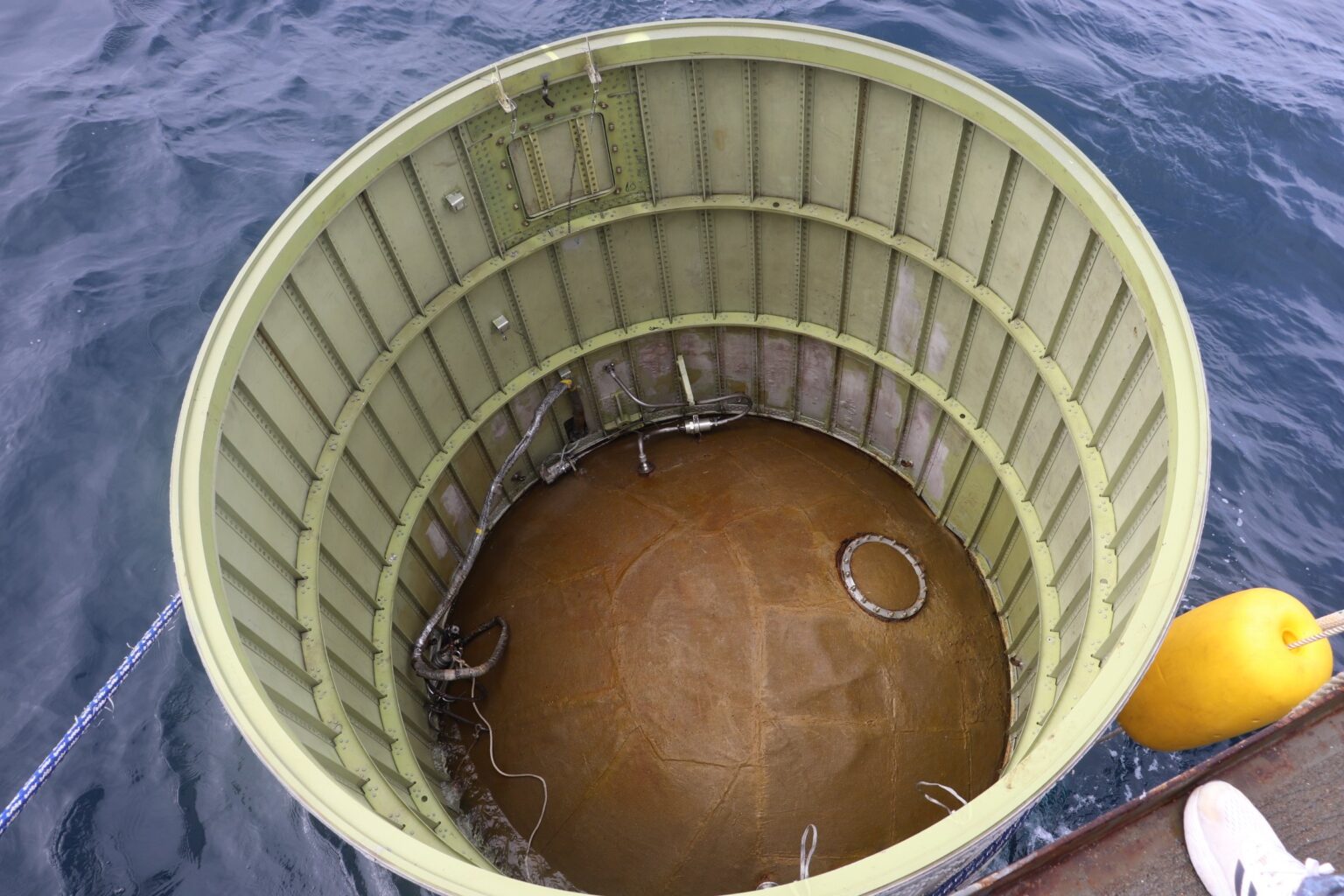The past year 2023 went down in the history of astronautics as a year of records. During it, 223 orbital launches took place. This is the highest figure for the entire space age.
SpaceX records
First of all, we should thank SpaceX for the record figures. In 2023, the company carried out 98 orbital launches, falling just a little short of the beautiful figure of one hundred space missions. For comparison, a year earlier, the company recorded 61 launches. In addition, until recently, all countries and companies in the world carried out fewer launches than SpaceX does now. For example, for the whole of 2017, this figure was 91 launches.

The main workhorse of SpaceX is still the Falcon 9. By 2023, it had flown into space 91 times, bringing its accident-free streak to 255 consecutive launches. None of the existing rockets, as well as those used in the past, can boast of a similar achievement. What is even more impressive is that in all 2023 missions involving this carrier, SpaceX managed to successfully return its first stage. However, the company did lose its record-breaking B1058 booster, which was launched 19 times. But it happened on the way back due to a storm.
The company also has five Falcon Heavy launches (all successful) and two Starship orbital tests to its credit. Although in the latter cases, the ship failed to reach orbit, its flights were still a great achievement for SpaceX.

As for other American launch operators, they have recorded 18 missions. Of these, 9 were carried out by Rocket Lab, 3 by ULA, and 2 by Firefly Aerospace. Northrop Grumman, Virgin Orbit, Relativity Space, and ABL Space made one launch each.
China’s records
In 2023, China carried out 67 orbital launches, once again updating its national record. Most of the missions were carried out by the state-owned launch operator SASC. At the same time, private Chinese companies have also made a significant contribution to China’s launch statistics. For example, the Ceres-1 rocket of Galactic Energy, which performed 7 launches, can be singled out.

As for other countries, Russia was in third place (19 launches). India made seven launches, the European Union, Japan and the DPRK — three each, South Korea and Iran — two each, and Israel — one launch.
Accidents in 2023
Such a large number of orbital launches was accompanied by a higher than usual number of accidents. Eleven rockets failed to reach orbit.

However, most of the accidents occurred on missions involving new and experimental rockets. In addition to the two Starship accidents, the debut launches of the Terran 1 and RS1 rockets by Relativity Space and ABL Space, respectively, and the new Japanese H3 launch vehicle, also failed.
Among the regularly flying rockets, Firefly’s Electron (during its anniversary flight), Galactic Energy’s Ceres-1, and Virgin Orbit’s LauncherOner all failed. For the latter, this mission was a swan song. Shortly after the accident, Virgin Orbit announced its bankruptcy.

The countries whose space industry traditionally cannot boast of a high level of reliability, namely, the DPRK and Iran, also made their “contribution”. It was only on the third attempt that the North Korean Cholima-1 rocket managed to reach orbit. Iran’s Kaem-100 also failed to reach space.

Another launch was classified as a partial failure. It was a Firefly rocket. It managed to put a payload into orbit, but its parameters differed from the calculated ones.
Launch expectations for 2024
Most likely, 2024 will be marked by an even higher number of launches than 2023. SpaceX has already announced its intention to carry out 160 orbital missions, which means launching a rocket almost every two days. Even if the company fails to maintain this pace, there is no doubt that it will still surpass last year’s figures.
It is also possible to predict that China will again update its national record. The rapid development of its private space companies gives every reason for this assumption. Also, a number of new launch vehicles, such as Ariane 6 and Vulcan, will be put into operation, which should stimulate SpaceX’s competitors.
And finally, we can expect to see the launches of two super-heavy launch vehicles — Starship and SLS — in 2024. The last time something like this happened was during the lunar race.

